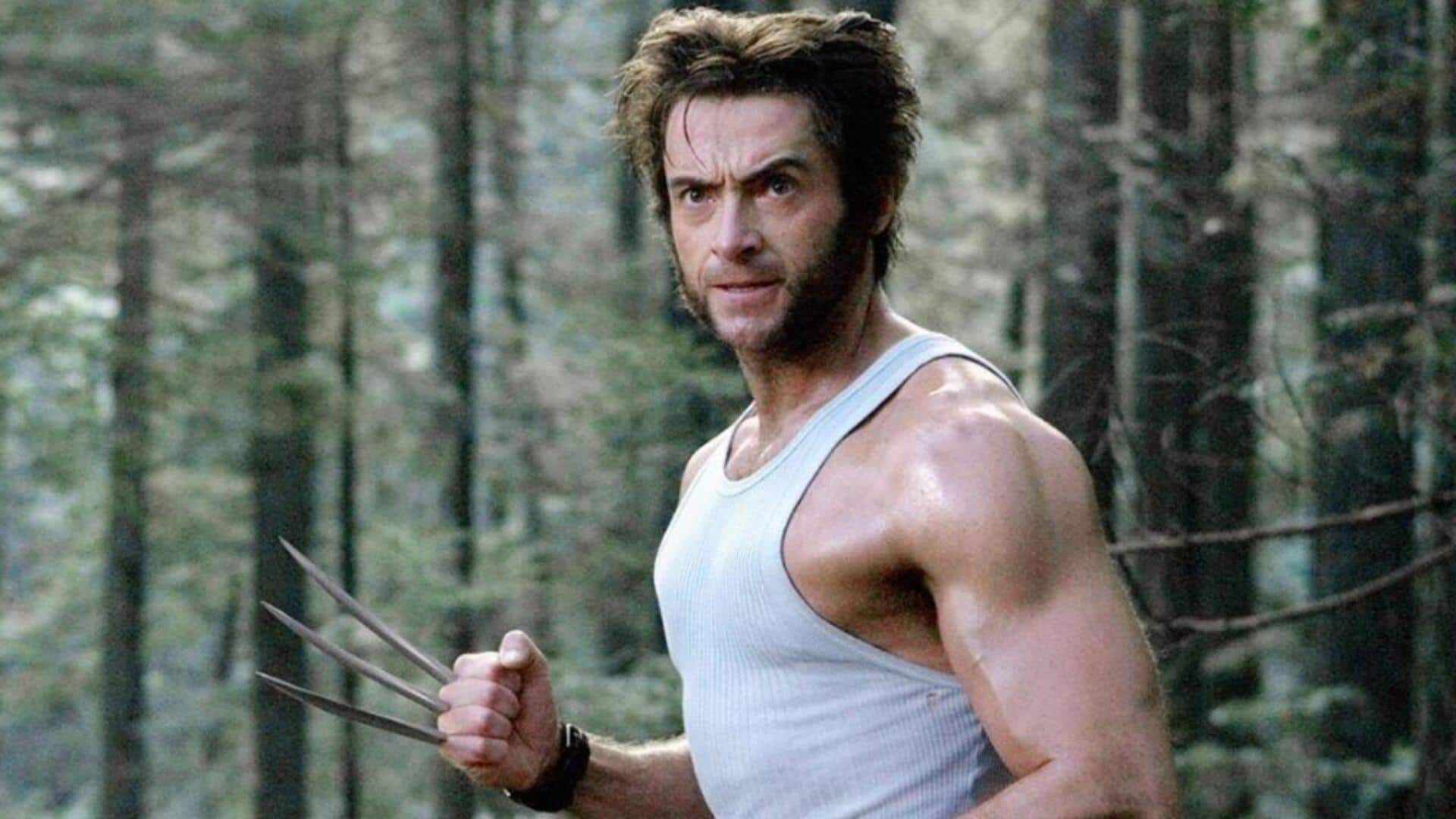
How Wolverine became Marvel's most iconic anti-hero
What's the story
From his debut in the comics to his iconic portrayal on-screen, Wolverine has evolved a lot over the years. The character, who is known for his healing powers and adamantium claws, has been a part of several storylines that have shaped his journey in America. Let's take a look at Wolverine's evolution through key moments in comics, films, and pop culture.
#1
Origins and early adventures
Wolverine first appeared in The Incredible Hulk #180 in 1974. His Canadian roots were established early on, but his adventures soon took him across North America. In these early stories, Wolverine was depicted as a lone wolf with a mysterious past. His encounters with other heroes and villains helped define his character as both a hero and an anti-hero.
#2
Team affiliations and alliances
As Wolverine's popularity grew, so did his affiliations with various superhero teams like X-Men and Avengers. These alliances allowed for deeper character development as he interacted with other iconic figures like Cyclops and Iron Man. Through these relationships, fans saw different facets of Wolverine's personality, from mentor to rival.
#3
Cinematic portrayal impact
Hugh Jackman's portrayal of Wolverine in the X-Men films brought the character to a wider audience. His performance captured the complexity of Logan while maintaining the essence of the character from the comics. The films explored themes of identity and belonging, further expanding on Wolverine's evolution beyond comic book pages.
#4
Cultural significance beyond comics
Wolverine has become a cultural icon, representing resilience and toughness. Beyond comics and films, he has appeared in video games, animated series, and merchandise. This widespread presence has solidified his status as one of Marvel's most enduring characters, resonating with audiences across different media.